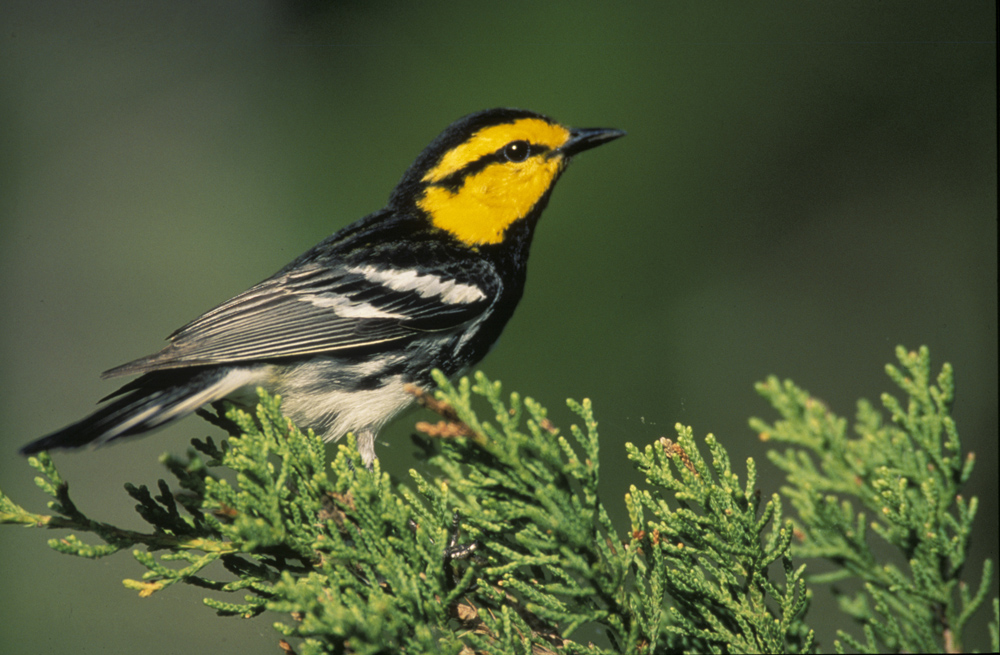
Fifth Circuit Court Forces U.S. Fish & Wildlife To Reconsider Golden-Cheeked Warbler As Endangered Species
The Fifth Circuit Court released an opinion in Texas General Land Office vs. U.S. Fish and Wildlife Service. According to the opinion, the court found the U.S. Fish and Wildlife Service had denied a position to delist the Golden-Cheek Warbler based on an incorrect legal standard.
The court’s opinion states “whether a species is endangered or threatened is determined solely on the basis of the best scientific and commercial data available.”
“[The Court’s] unanimous decision by the Fifth Circuit panel is a big win for private property rights in Texas,” said Robert Henneke, general counsel at the Texas Public Policy Foundation. “The most recent, credible science demonstrates that the golden-cheeked warbler has recovered and should no longer be regulated under the Endangered Species Act.”
Henneke said a 2015 study of the species by the Texas A&M Natural Resources Institute showed the warbler is 19 times greater in population and has 5 times as much habitat as when it was first listed on the endangered-species list.
The Texas Public Policy Foundation filed the lawsuit in June 2017 on behalf of the Texas General Land Office regarding the issue.
“Leaving a species on the endangered list after its recovery is not only ineffective, it’s irresponsible,” said Texas Land Commissioner George P. Bush when the lawsuit was filed. “The restoration of the golden-cheeked warbler population is a success story worth celebrating by removing it from the endangered list and restoring the rights of Texas landowners to effectively manage our own properties.”
Amicus briefs in support of the lawsuit were filed by Texas Senator Donna Campbell, American Stewards for Liberty and the Texas Attorney General.
The petition has been sent back to Fish and Wildlife Service for reconsideration under the correct legal standard.
Read the full opinion here.







This science is based on a piss poor methodology and runs counter to ALL of the other studies conducted. The study cited mentions “potential”habitat, not the actual number of birds. What a crock.